Articles
Rhinoplasty Recovery: Tips and Timeline for Healing

Rhinoplasty, or nose reshaping surgery, is one of the popular cosmetic procedures in Singapore. Whether you're seeking to improve the appearance of your nose or correct breathing difficulties, a successful rhinoplasty not only depends on surgical skill—but also on proper recovery and aftercare.
In this guide, we’ll walk you through the rhinoplasty recovery timeline, provide helpful recovery tips, and explain potential complications to watch out for. We’ll also cover how choosing the right plastic surgeon can make all the difference in achieving the results you want.
Rhinoplasty Recovery Timeline
Rhinoplasty recovery takes time, and healing can vary depending on the complexity of the surgery, your overall health, and how closely you follow your surgeon’s instructions.
Day of Surgery
After your rhinoplasty procedure:
- You’ll likely be monitored in a recovery room for a few hours.
- Your nose will be bandaged and possibly splinted to maintain its new shape.
- Mild to moderate swelling, bruising, and nasal congestion are normal.
- You’ll need someone to accompany you home and rest for the remainder of the day.
- Pain is usually manageable with prescribed medications.
First Week After Surgery
- Expect bruising around the eyes and nose, which usually peaks within the first 2–3 days.
- A nasal splint may be worn for the first 5–7 days to support healing.
- Avoid blowing your nose and sleep with your head elevated to reduce swelling.
- Stitches (if non-dissolvable) and splints are usually removed by the end of the week.
- Most patients can return to desk-based work after 7–10 days.
Weeks 2–4 After Surgery
- Bruising will fade, and swelling will gradually decrease.
- You’ll begin to feel more comfortable going out in public.
- While light activity is usually allowed, avoid exercise or anything that may risk injury to the nose.
- Your new nasal shape starts to become visible, although swelling may still mask the finer details.
Months 2–6 After Surgery
- Most swelling resolves by the 3-month mark, particularly in the bridge and upper areas of the nose.
- Residual swelling around the nasal tip may persist longer, especially in patients with thicker skin.
- You can return to more intense physical activities around the 6–8 week mark, with your surgeon’s approval.
Long-Term Recovery and Final Results
- It can take up to a year (or more) for the final results of your rhinoplasty to fully emerge, especially for tip refinement.
- Subtle changes may continue as internal tissues settle.
- Regular follow-up appointments help your surgeon track your progress and ensure proper healing.
Tips for a Smooth Rhinoplasty Recovery
Proper aftercare is key to promoting healing and achieving ideal results from your rhinoplasty.
Rest and Relaxation
- Get plenty of sleep, especially in the first week post-op.
- Avoid bending over or lifting heavy objects, as this can increase blood pressure in the face and lead to complications.
- Use extra pillows to keep your head elevated when sleeping.
Managing Pain and Discomfort
- Pain is usually mild and manageable.
- Take prescribed medications as directed to stay ahead of discomfort.
- Over-the-counter medications like paracetamol may be used once approved by your surgeon.
Controlling Swelling and Bruising
- Cold compresses can help reduce bruising in the first 48 hours (avoid direct pressure on the nose).
- Stay well-hydrated and reduce salt intake, which can worsen swelling.
Proper Wound Care and Hygiene
- Follow your surgeon’s post-op cleaning instructions carefully.
- Avoid touching or picking at any scabs or crusts.
- Keep the surgical site clean and dry to prevent infection.
Avoiding Strenuous Activities and Contact Sports
- Avoid gym workouts, yoga, and sports for at least 4–6 weeks.
- Any activity that risks facial trauma or elevated heart rate can jeopardise results and delay healing.
Protecting Your Nose from Sun Exposure
- The skin on your nose will be more sensitive after surgery.
- Use sunscreen and wear a hat when outdoors to prevent pigmentation changes and sunburn.
Maintaining a Healthy Diet and Hydration
- Eat a balanced diet rich in vitamins A and C to support tissue healing.
- Stay hydrated to help flush toxins and support overall recovery.
- Avoid alcohol and smoking, which can slow down healing and increase risk of complications.
Potential Complications and When to Seek Medical Attention
While rhinoplasty is generally safe, complications can occur. Knowing what to look for ensures you get help early if needed.
Bleeding
- Mild oozing is normal in the first few days.
- Persistent or heavy bleeding should be reported immediately.
Infection
- Redness, increasing pain, pus-like discharge, or fever may indicate infection.
- Contact your surgeon if you notice any of these signs.
Adverse Reaction to Anesthesia
- Most reactions occur during or shortly after surgery.
- Symptoms like nausea or dizziness usually resolve, but severe reactions require medical attention.
Numbness or Changes in Skin Sensation
- Temporary numbness around the nose and upper lip is common.
- Sensation usually returns over time, but persistent issues should be discussed with your surgeon.
Unsatisfactory Results or Asymmetry
- It’s important to allow time for swelling to resolve before judging results.
- If irregularities persist after full healing, revision rhinoplasty may be considered.
The Role of a Plastic Surgeon
Your plastic surgeon plays a crucial role not just in performing the rhinoplasty—but also in guiding your recovery.
Customised Recovery Plan and Instructions
- Your surgeon will provide personalised post-op instructions tailored to your anatomy and procedure.
- These may include medication schedules, wound care protocols, and timelines for resuming activities.
Availability for Questions and Concerns
- A responsive surgeon will address your concerns quickly if anything seems off during recovery.
- Don’t hesitate to reach out for clarification on what’s normal and what’s not.
Expertise in Managing Complications
- Should complications arise, your surgeon should be able to identify and manage them promptly.
- Early intervention can prevent minor issues from turning into serious problems.
Looking for Rhinoplasty in Singapore?
If you're considering rhinoplasty in Singapore, recovery should be a key part of your planning—and you deserve a surgeon who prioritises both aesthetics and aftercare.
At Polaris Plastic Surgery, we take a patient-first approach to rhinoplasty, ensuring each procedure is tailored to your goals and anatomy. From pre-surgical planning to your final check-up, our team will guide you through every step of the journey.
Schedule a consultation with Polaris Plastic Surgery today and take the first step toward a confident you.
Contact Form
1 Orchard Boulevard #10-08 Camden Medical Centre, Singapore 248649
6 Napier Rd, #08-01 Gleneagles Medical Center, Singapore 258499
Tel: +65 6737 4565 | Mobile: +65 8828 4565 | Email: clinic@polarisplasticsurgery.com | Business Hours: Mon - Fri: 9am - 6pm | Sat: 9am - 1pm | Sun/Ph: Closed











